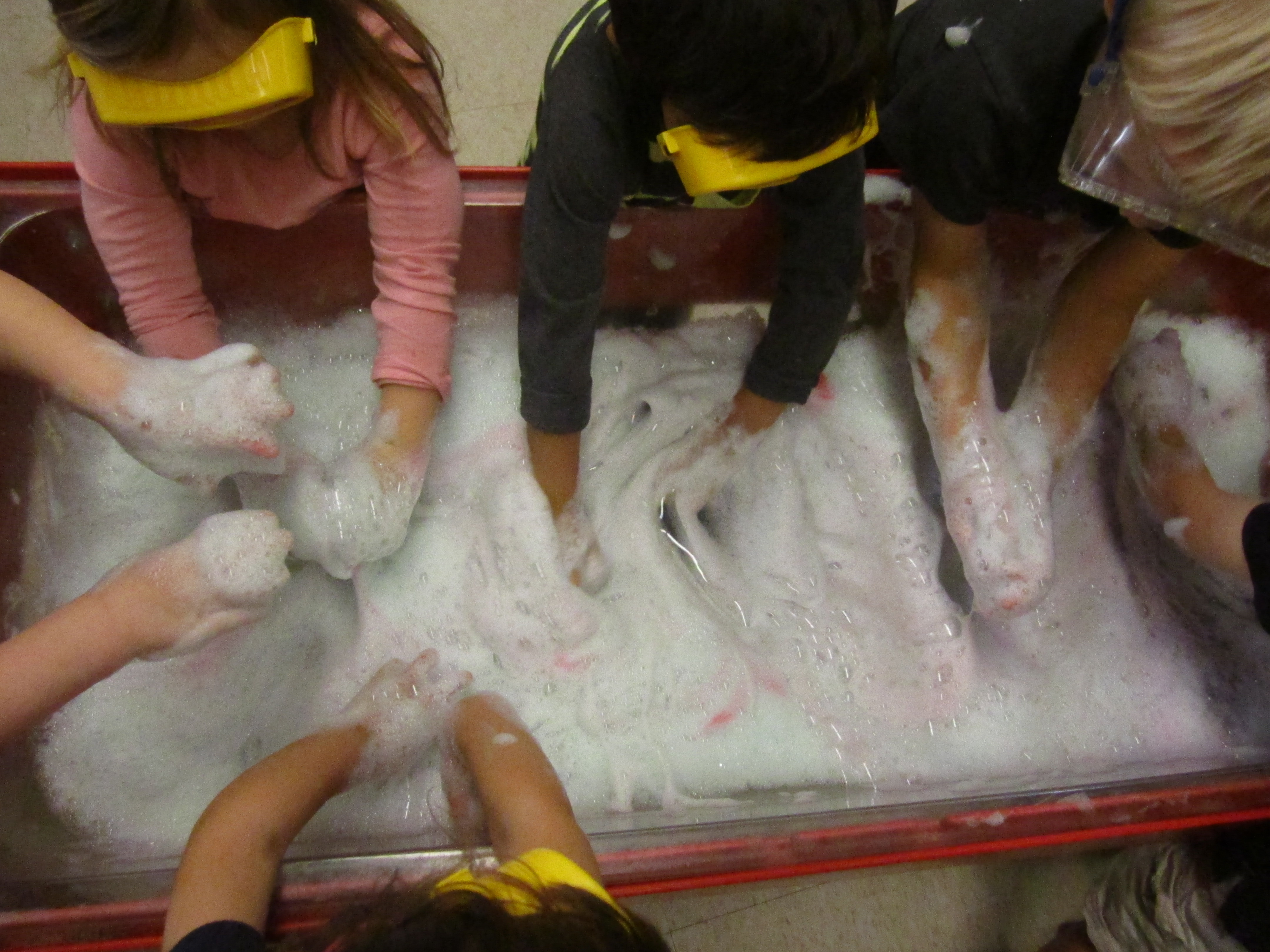An image gallery of ideas for learning centers
By Peggy Ashbrook
Posted on 2019-09-25

Setting up science learning centers for young children in early childhood programs sometimes means just grabbing what you have at hand because your teaching partners have been out sick all week, and the materials you ordered haven’t arrived yet, and nap time is not yet settled enough for you to plan while the children sleep or the playground is too wet so the children are with you during your planning period.
If we create a photo gallery of our best (and “to be improved”) centers, we’ll have a resource that we can refer to when our creative energy is low or when our children become interested in exploring a material such as water, or are no longer inspired by the current classroom set-up.
Here are photos from classrooms I have visited, and thank you to all who have welcomed me into their space! These materials and centers that may not be excellent examples of what you’d like to do in your program but they give an idea of what some programs are setting up for children. I hope you will begin reflecting on what makes a center an engaging place of learning that gives children something to do and think about, building on their understandings.
I don’t hold these ideas up as ideal or right for every program. Most of them can be improved and certainly none of them should stay the same all year! The trick to creating your own set is to add images from your work to your gallery–in an electronic or paper form–every day so you have a set of references to help you plan interesting learning centers, and can review them with colleagues to reflect on how children will use the materials and what their experiences will teach them.
Disclaimer: The views expressed in this blog post are those of the author(s) and do not necessarily reflect the official position of the National Science Teaching Association (NSTA).



































